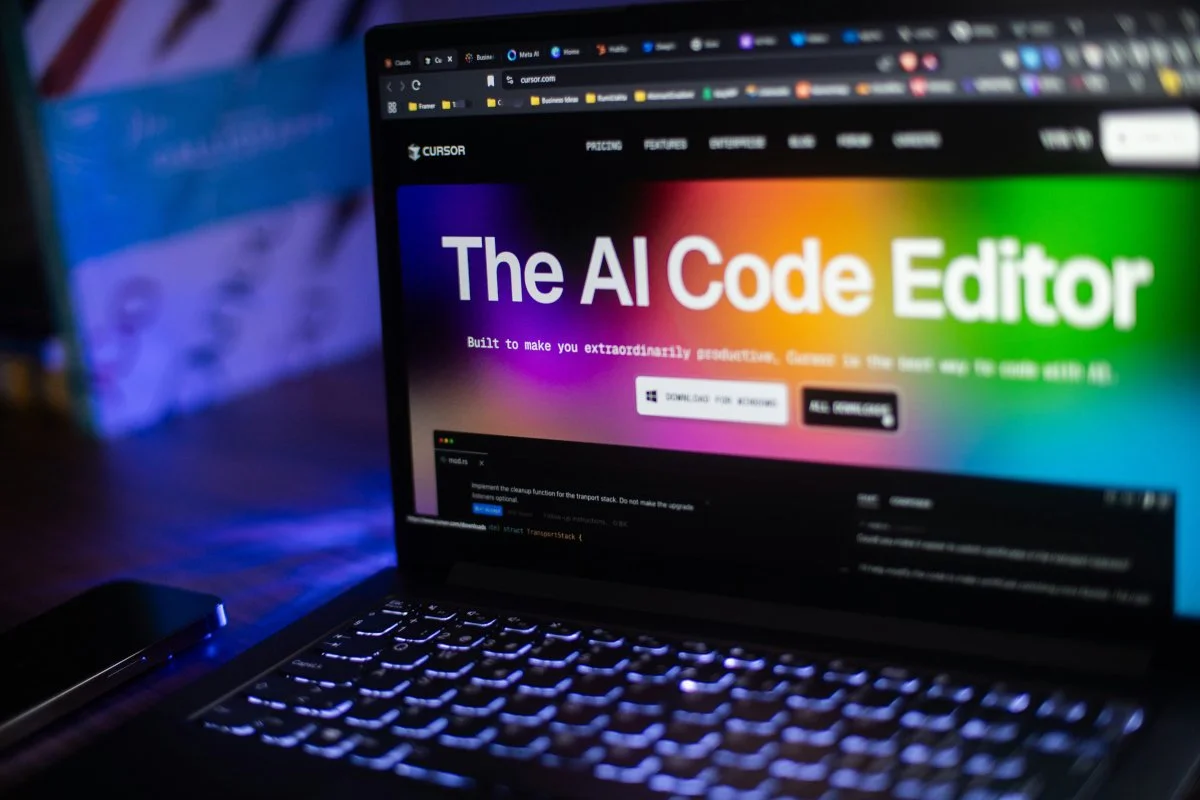Move beyond basic unit tests with property-based testing to discover hidden edge cases and mutation testing to verify your tests actually work. Learn how to achieve genuine confidence in your GitHub Actions code.
Read MoreDiscover how to design testable GitHub Actions by avoiding common pitfalls like implicit dependencies and global state. Learn to separate business logic from infrastructure using dependency injection for fast, reliable testing.
Read MoreLearn to build production-ready GitHub Actions with clean architecture, comprehensive testing strategies, and reliable release pipelines, transforming fragile automation scripts into maintainable software.
Read MoreDiscover how to avoid common AI coding pitfalls like context loss, hallucinated APIs, and inconsistent styles when working with agentic tools like Cursor, GitHub Copilot, and Windsurf. This hands-on guide shares effective techniques for rule-based prompting, context management with version-controlled Markdown, and building a continuously improving workflow for reliable, frustration-free results.
Read MoreModern cloud architectures have embraced containers, but with agility comes concern. Especially when operating in a PCI-DSS (the Payment Card Industry Data Security Standard) regulated cloud environment, hardened containers are essential. Read on to see how we build resilient systems capable of withstanding real-world threats while meeting PCI-DSS requirements.
Read MoreInitial excitement around Artificial Intelligence (AI) predictive abilities led to rapid investment in machine learning research and development of Large Language Models (LLMs) which sparked a wave of innovation in a variety of streams and at the same time revealed both the potential and limitations of early AI systems.
Read MoreWe often talk about AI in software development as a way to write code faster—but that’s only part of the story. As tools evolve, so do our workflows, expectations, and even our roles. From low-stakes experimentation through “vibe coding” to structured multi-agent systems, this blog post explores how AI-augmented programming is reshaping not just how we code, but how we think about building software altogether.
Read MoreGenerative AI tools have changed how we developers approach our daily work. Today, headlines tout the arrival of AI-augmented software development and vibe coding as silver bullets, making development teams orders of magnitude more effective. However, the promised gains are shallow if teams do not also pay attention to the software delivery aspects.
Read MoreNetworking has progressed more slowly than some other aspects of technology. It’s often largely manual work, still. Network automation brings networking up to par, making networking easier, quicker and more robust. For any organisation that relies on media or network traffic, it’s a must-win battle.
Read MoreThis case story presents a part of the journey of Sanoma Media Finland (SMF), the largest multi-channel media company in Finland, as they strive to embrace DevOps practices and foster a culture of collaboration and communication within their organization.
Read More



















